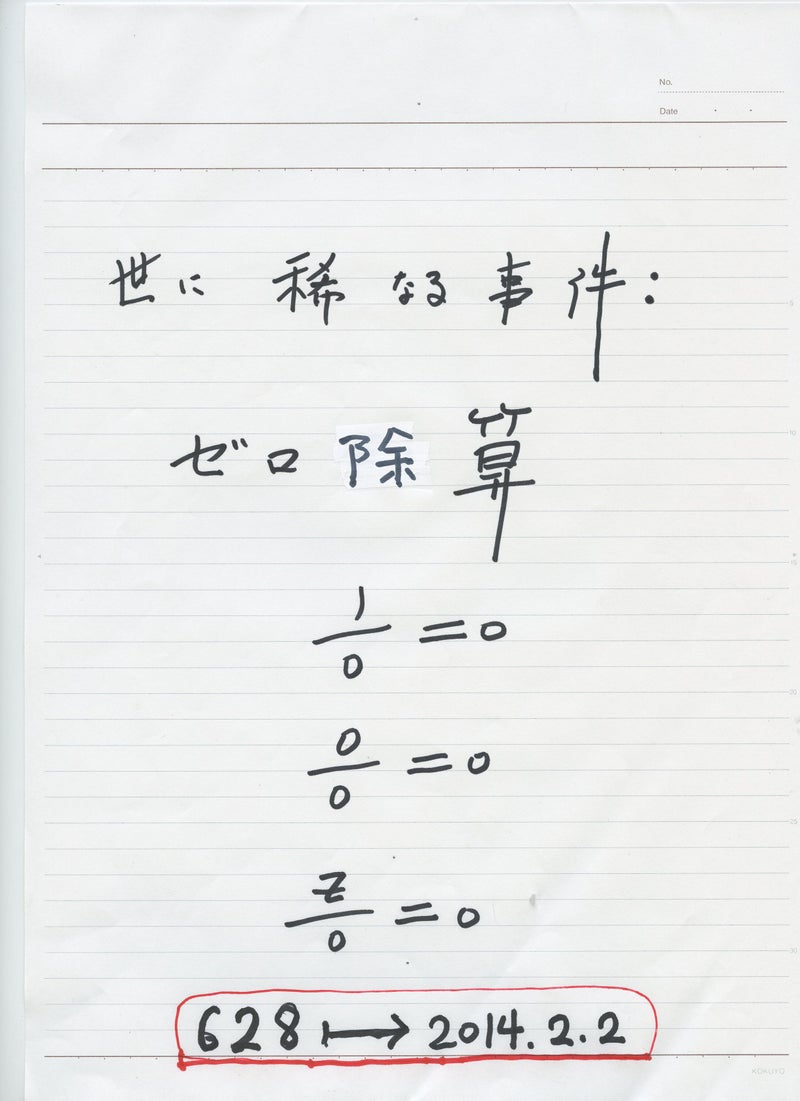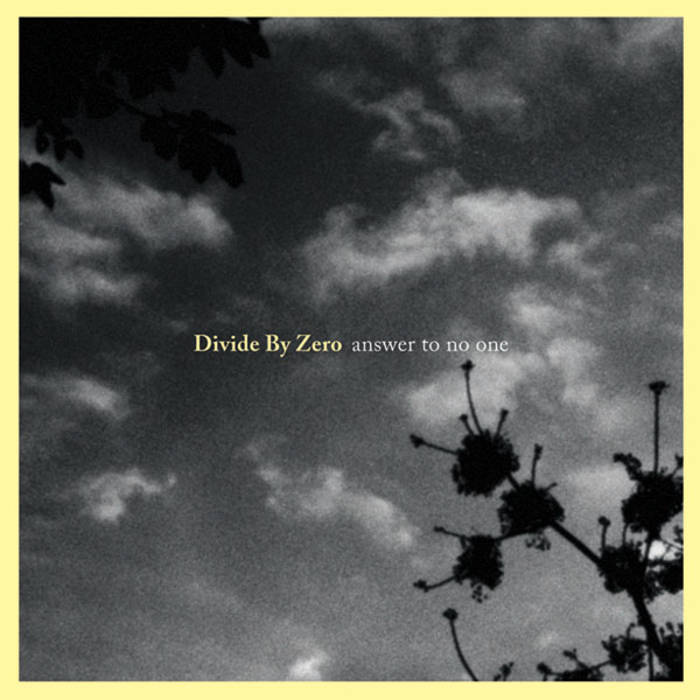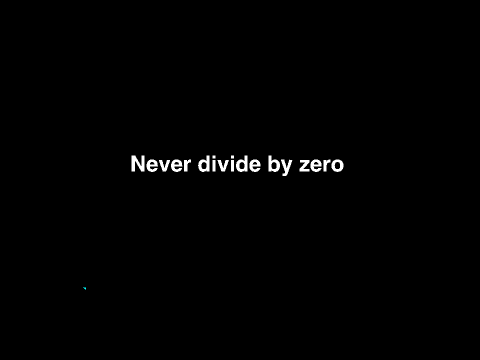An Einstein We Didn't Know
Despite his famed line about God ‘not playing dice,’ the evidence shows that Einstein was the living spirit behind quantum mechanics
his month marks the publication of volume 15 of “The Collected Papers of Albert Einstein” (Princeton University Press, in collaboration with the Einstein Papers Project at the California Institute of Technology, and the Albert Einstein Archives at the Hebrew University of Jerusalem). This volume, for which Diana Kormos Buchwald is the general editor, includes nearly 100 writings and over 1,300 letters written between June 1925 and May 1927, the period during which modern quantum theory was becoming established.
The volume is especially fascinating because it reveals Einstein’s central place in the creation of all modern physics. The emphasis is on “all,” meaning not only relativity theory – about which there is no dispute – but also quantum mechanics, too. Einstein’s correspondence and papers from this period shed new light on his contribution to this theory of light and matter as it is nowadays taught in universities and applied in all research and development institutions. And let’s not expand the debate on relativity theory – a theory of space, time and gravity that is used today as the primary tool for understanding viewsof the universe, from the stars to black holes, the expanding universe and the Big Bang.
Quantum mechanics is a wonderful tool that enables us to explain the existence of all natural matter and its traits in precise detail. It explains the existence of 92 (no more, no less) chemical elements in nature and the hundreds of thousands of chemical compounds derived from them. It explains their colors they have when they are cold or hot, why blood is red and leaves are green. It explains why some matter in nature is gaseous, while others are liquid or solid, and why some are flexible and others are breakable; why they are opaque or translucent, conduct or insulate from electricity, and a thousand other special traits occurring in nature.
None of modern technology would be possible without quantum mechanics. Computers, smartphones, satellites, lasers and medical equipment, cyber communications, LED lights and television screens, as well as the science of producing new materials (such as plastic) are all based on quantum mechanics.
Einstein (1879-1955) famously was one of quantum mechanics’ harshest critics. Indeed, on December 4, 1926, he wrote Max Born, one of the fathers of quantum theory, a letter that shocked his close friend. “Quantum mechanics is certainly imposing,” Einstein wrote in the now famous and widely quoted missive. “But an inner voice tells me that it is not yet the real thing. The theory says a lot, but does not really bring us any closer to the secret of the ‘old one’. I, at any rate, am convinced that He is not playing at dice.”The theory is based on the uncertainty principle, which stems from the duality of light and matter. The theory by its very nature only predicts the probabilities of results of measurement or observation, as one would calculate results in a gambling game. Philosophically, Einstein was incapable of accepting a view of the world that was not deterministic. He believed that in any given physical situation, a theory must allow a precise calculation of the future.
And yet, wonder of wonders, an examination of Einstein’s writings, particularly those in this volume, reveals that he was the living spirit and the brain behind the making of quantum mechanics. He had already published his revolutionary paper in 1905 in which he explained photoelectric phenomena based on the assumption that light is composed of particles. The greats of physics rejected outright Einstein’s theory for many years. Max Planck was among his most bitter critics, even though he was the one who proposed in his 1900 article the foundation for Einstein’s discoveries in this area, as was Niels Bohr, the father of the quantum atom model. It would be another 18 years, and only in the wake of persuasive experiments, that the two were forced to admit that Einstein was right.
Only in 1921 was he awarded the Nobel Prize for this discovery (the theory of relativity had been widely accepted for years, but the prize committee didn’t appreciate sufficiently its brilliance or great importance, which took decades to become clear).
Strange light
Along with with his research on relativity theory, Einstein spent his whole life dealing, or rather struggling, with the strange attributes of light and electromagnetic radiation. He discovered that it sometimes behaves like a continuous wave in space and sometimes as a collection of particles, or photons. This trait is known as the duality of light. In 1915 he published what to this day is considered a classic of atomic-quantum physics, an article in which he explained the principles by which atoms absorb or emit light. The article laid the foundation for the entire enormous realm of quantum optics, and proposed for the first time the possibility of concentrating and amplifying light, which is the foundation of the laser.
Alongside this innovative but theoretical article, Einstein also planned experiments, through which he hoped to understand the characteristics of light, and determine whether it is a wave or a collection of individual particles. He continued to conduct experiments despite the warnings of his close friends Hendrik Lorentz and Paul Ehrenfest, that all his practical efforts were in vain. Light is dualistic – it behaves one way sometimes and differently at others. It all depends on the choice of the experiment and the way it is conducted.
In May 1922, for example, Ehrenfest, an Austrian physicist living in Leiden, the Netherlands, wrote to Niels Bohr: “ Einstein is here again.he is digging and digging around the conflict between the interference facts, on one side, and the local energy units [of light] on the other Oh, when shall I be lucky to put both of you into one room and incite a mighty cockfight between you These questions will lead Einstein either to insanity or to some very deep discovery.... He is unbelievably funny with his inventions of such ‘experimenta crucis’ “
Indeed, the lively debate between Bohr and Einstein over quantum mechanics lasted as long as their relationship did. Einstein would attack and Bohr would push back. In 1953, two years before Einstein’s death, I attended a lecture by Bohr in Jerusalem in which the Danish physicist described and attempted to refute a new and sophisticated attack by Einstein on the quantum uncertainty principle.
Thus was created the popular perception of Einstein as the great opponent of quantum mechanics. Nonetheless, as noted, he laid the foundation for the quantum physics of light and electromagnetic radiation in the articles he wrote between 1905 and 1915. And as it turns out now, he was also the living spirit behind the final quantum theory, which explains the entire atomic and subatomic world – both atoms and radiation.
One hundred years
Einstein’s interest in quantum physics soared between 1922 and 1927. By then, he was world famous, thanks both to two revolutionary experiments and two strange and esoteric articles that were sent to him for his opinion. The first experiment, undertaken in 1922, was by physicists Otto Stern and Walther Gerlach. In it, they discovered a new and completely unexpected quantum phenomenon, results that stunned the science world.
After the publication of the Stern-Gerlach findings, Einstein and Ehrenfest immediately published a paper entitled, “Quantum Theoretical Comments on the Experiment of Stern and Gerlach,” which did not garner attention in the science world. They noted that according to existing knowledge, the experiment was impossible. Despite the physicists’great excitement with the surprising findings, they did not grasp the fact that the measurement process itself was completely incomprehensible. Einstein and Ehrenfest calculated that for Stern and Gerlach to have attained the results they claimed, their experiment should have extended a period of 100 years, whereas in reality, it took less than a thousandth of a second.
My colleague Prof. Tilman Sauer and I noted in an article in 2013 how historically important the discovery of Einstein and Ehrenfestwas. The two were the first who grasped that the measurement process in quantum mechanics is substantially different than anything that had previously been understood as measurement or observation.
The second experiment was the “Compton scattering” of 1923, in which Arthur Holly Compton proved unequivocally Einstein’s thesis that light is composed of particles, which we call photons. Bohr and his followers sought high and low an explanation that would circumvent Einstein’s assumption.
“I find the idea quite intolerable that an electron exposed to radiation should choose of its own free will, not only the moment to jump off, but also its direction,” Einstein wrote to Max Born in April 1924 about Bohr’s idea for explain Compton’s findings by dispensing with the principle of causality. “In that case, I would rather be a cobbler, or even an employee in a casino, than a physicist.”
Much to their chagrin, and in wake of additional experiments initiated by Einstein, Bohr and his partners were forced to surrender and concede the accuracy of Einstein’s quantum theory of light 18 years after its publication.
Einstein received two bold but strange papers in the summer of 1924. One, written in English by Indian physicist Satyendra Nath Bose, demonstrated that one could prove Planck’s quantum radiation law using a new and strange statistical approach that treated light as a collection of particles. An excited Einstein immediately translated the article himself into German and sent it for publication to the most important physics journal in Germany.
The second paper, Louis de Broglie’s master’s thesis, was sent by the latter’s thesis adviser, the renowned French physicist and close friend of Einstein Paul Langevin. De Broglie’s paper was even more revolutionary. In order to explain the stability of atoms, a tough riddle until then, he suggested that all matter has wave properties. Thus, de Broglie wrote that he had become convinced that the duality that Einstein had discovered in his quantum theory of light was entirely general and pertained to the entire physical world. In other words, he attributed duality to particles of material, just as Einstein had done coming from the opposite direction with light.
Langevin had serious doubts about his student’s bold and inexplicable proposal, but Einstein actually became enthused. He replied in July 1924: ”De-Broglie’s work made a big impression on me. He raised a corner of the big veil. In a new work I obtain results which seem to support his work.”
That same day, in a letter to his esteemed friend Hendrik Antoon Lorentz Einstein wrote about de Broglie’s work: “I believe it is a first feeble ray of light on this worst of our physics enigmas.”
At the end of that year, Einstein published one of the most important papers on quantum mechanics, “Quantum Theory of a Monoatomic Ideal Gas,” in which he extended Bose’s new statistical model and proposed ascribing it to material atoms in full analogy to light particles. To his surprise, his calculations led to a similar conclusion to de Broglie’s conjecture: Atoms also behave like waves. Atoms are also dualistic. Hence, Einstein included in his paper a detailed description of de Broglie’s work, and thus helped make de Broglie world famous.
Thus was Einstein the “father” of light duality and the “godfather” of the wave-particle of matter.
The final development of quantum mechanics is the fruit of the simultaneous work of three leading physicists: Paul Dirac of England; Austria’s Erwin Schroedinger; and Werner Heisenberg of Germany.
Dirac was the first to successfully combine Einstein’s special relativity theory with the theories of quantum mechanics, leading to surprising and amazing findings.
Schroedinger, in the equation named for him, produced the main equation of quantum mechanics, with which we calculate all the attributes of matter. Schroedinger had meticulously studied Einstein’s paper on the ideal gas and discovered de Broglie’s brilliant idea. The equation written by Schroedinger is based on this idea and turns it into the theory of quantum mechanics.
Heisenberg developed quantum theory in a completely different way. He gave a lecture in Berlin in 1926. Einstein, who was in the audience, didn’t like what the visitor had to say. He preferred Schroedinger’s approach. After the lecture, Einstein dragged Heisenberg home and interrogated him for many hours.
An entire chapter in Heisenberg’s 1969 autobiography is dedicated to that evening in Einstein’s home. He later mentions one night when the problem of measurement and the duality of light and matter bothered him. He sought deeper understanding of the theory whose mathematical success was complete. He wrote that close to midnight, he was suddenly reminded of that conversation with Einstein in 1926, and in particular one comment. Einstein had said that theory is what determines what can be measured. Upon recalling that conversation, it immediately became clear to Heisenberg that here was the key to the gate that had been locked for too long. And thus was born the famous Uncertainty Principle of Heisenberg in 1927.
Einstein continued prying and searching where the lost determinism was hiding. This search led him to find stubborn paradoxes stemming from quantum theory, which to this day provide living and active matter for thought, for research and even for applications in communication.
Einstein the physicist well understood how important and even necessary it is to push and develop quantum theory. However, Einstein the philosopher, a believer in a perfect world, was never at peace with it as long as he lived.
Issachar Unna is an Associate Editor and Visiting Researcher at the Einstein Papers Project, and is Emeritus Professor of Physics, The Hebrew University, Jerusalem.https://www.haaretz.com/jewish/an-einstein-we-didn-t-know-1.6033980
とても興味深く読みました:
ゼロ除算の発見と重要性を指摘した:日本、再生核研究所
ダ・ヴィンチの名言 格言|無こそ最も素晴らしい存在
ゼロ除算の発見はどうでしょうか:
Black holes are where God divided by zero:
再生核研究所声明371(2017.6.27)ゼロ除算の講演― 国際会議
https://ameblo.jp/syoshinoris/entry-12287338180.html
1/0=0、0/0=0、z/0=0
http://ameblo.jp/syoshinoris/entry-12276045402.html
1/0=0、0/0=0、z/0=0
http://ameblo.jp/syoshinoris/entry-12263708422.html
1/0=0、0/0=0、z/0=0
http://ameblo.jp/syoshinoris/entry-12272721615.html
ソクラテス・プラトン・アリストテレス その他
https://ameblo.jp/syoshinoris/entry-12328488611.html
ドキュメンタリー 2017: 神の数式 第2回 宇宙はなぜ生まれたのか
https://www.youtube.com/watch?v=iQld9cnDli4
〔NHKスペシャル〕神の数式 完全版 第3回 宇宙はなぜ始まったのか
https://www.youtube.com/watch?v=DvyAB8yTSjs&t=3318s
〔NHKスペシャル〕神の数式 完全版 第1回 この世は何からできているのか
https://www.youtube.com/watch?v=KjvFdzhn7Dc
NHKスペシャル 神の数式 完全版 第4回 異次元宇宙は存在するか
https://www.youtube.com/watch?v=fWVv9puoTSs
再生核研究所声明 411(2018.02.02): ゼロ除算発見4周年を迎えて
https://ameblo.jp/syoshinoris/entry-12348847166.html
再生核研究所声明 416(2018.2.20): ゼロ除算をやってどういう意味が有りますか。何か意味が有りますか。何になるのですか - 回答
再生核研究所声明 417(2018.2.23): ゼロ除算って何ですか - 中学生、高校生向き 回答
再生核研究所声明 418(2018.2.24): 割り算とは何ですか? ゼロ除算って何ですか - 小学生、中学生向き 回答
再生核研究所声明 420(2018.3.2): ゼロ除算は正しいですか,合っていますか、信用できますか - 回答
2018.3.18.午前中 最後の講演: 日本数学会 東大駒場、函数方程式論分科会 講演書画カメラ用 原稿
The Japanese Mathematical Society, Annual Meeting at the University of Tokyo. 2018.3.18.
https://ameblo.jp/syoshinoris/entry-12361744016.html より
再生核研究所声明 424(2018.3.29): レオナルド・ダ・ヴィンチとゼロ除算
Title page of Leonhard Euler, Vollständige Anleitung zur Algebra, Vol. 1 (edition of 1771, first published in 1770), and p. 34 from Article 83, where Euler explains why a number divided by zero gives infinity.
私は数学を信じない。 アルバート・アインシュタイン / I don't believe in mathematics. Albert Einstein→ゼロ除算ができなかったからではないでしょうか。
1423793753.460.341866474681。
Einstein's Only Mistake: Division by Zero
















































0 件のコメント:
コメントを投稿